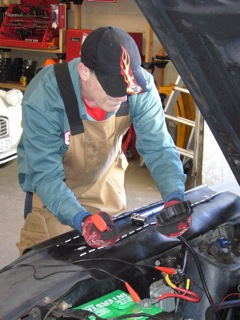
dad enjoys getting dirty
Today we finished the compression test so we could move on to engine removal and further dis-assembly. First, we backed the car out of the garage to vent the exhaust and ran it for five minutes to warm the engine up. This ensures that the metal parts have properly expanded to create the best possible seal between the cylinder walls and piston rings and recreates the conditions under which the engine normally operates.
Then we shut off the engine, pulled out the spark plugs and labeled the plug wires so we know which one goes to which cylinder. While doing this, we also checked the spark plug gaps for each of plugs to confirm they were properly gapped. We connected a remote starter to make it easier to crank the engine during compression testing. After connecting an adapter and the digital tester (making sure to wear heat protection), we started recording compression results for each cylinder:
Cylinder 1 (passenger side, closest to grill): 167 (dry)
Cylinder 2: 151 (dry) / 178 (wet)
Cylinder 3: 135 (dry) / 162 (wet)
Cylinder 4 (passenger side, against firewall): 163 (dry)
Cylinder 5 (driver’s side, closest to grille): 162 (dry)
Cylinder 6: 160 (dry)
Cylinder 7: 175 (dry)
Cylinder 8 (driver’s side, against firewall): 163 (dry)
All checked out OK, with the exception of cylinders 2 and 3. We retested them wet (with a squirt of motor oil) because of the low dry readings, but first we had to run out to buy a working oiler from the nearest Kragen because our was on the fritz. Because the compression readings were fine with oil in the cylinders, we think it could be a piston ring problem. Dad taught me how to use a torque wrench to tighten spark plugs, and explained how easy it is to ruin the threads. Last of all, one of the spark plugs was carbon fouled, so we’ll replace that. Next step: I’ll remove the front fenders and hood so we can steam clean the engine before pulling it and the transmission. Looking forward to our next day!
Filed in Restoration Log | Tagged: compression, compression test, disassembly, engine diagnostics, Fastback, Father and Son, Ford, How to, Mustang, Restoration, socket wrench, spark plug wrench, tools
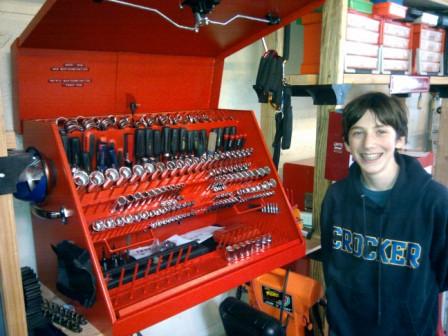


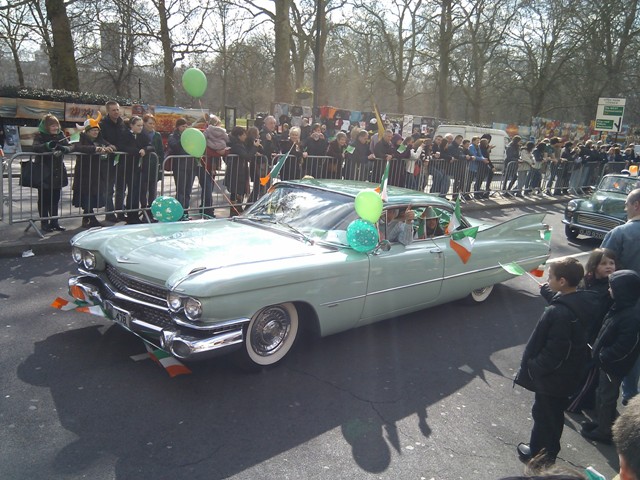



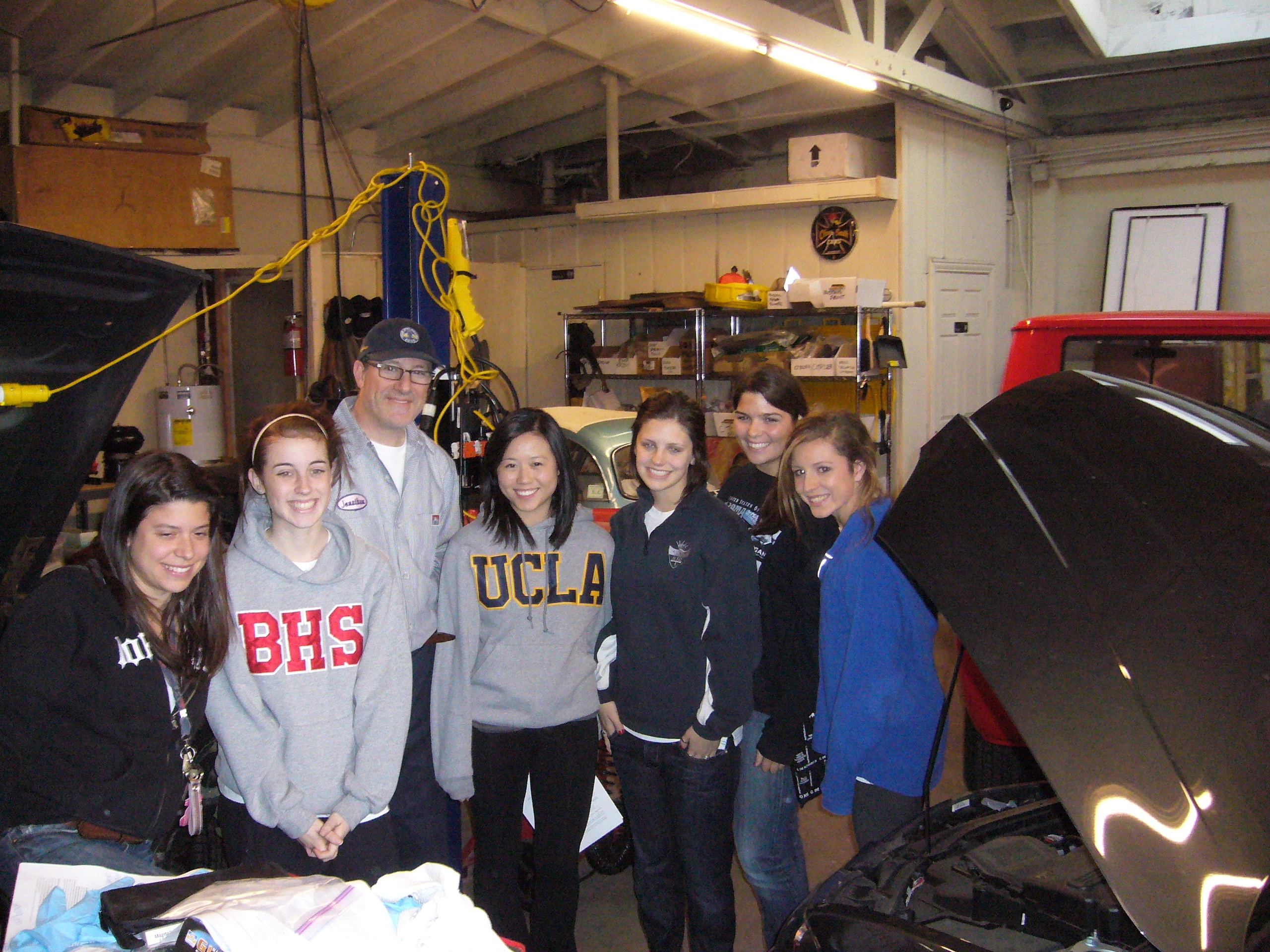

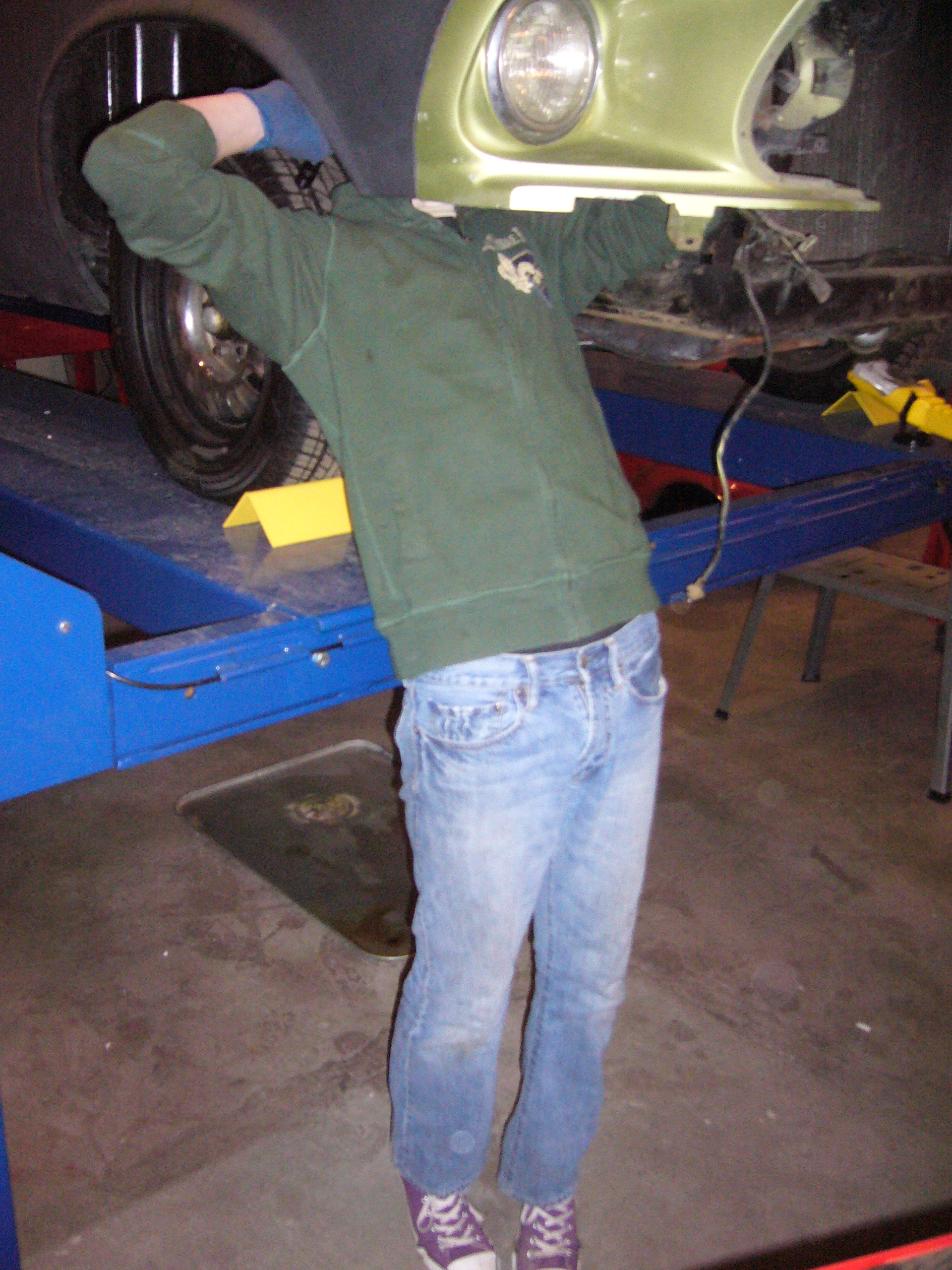
 Feed Validator
Feed Validator